
What are the 5 steps to train a dog?
Training a dog isn't just about teaching tricks—it's the key to building a harmonious life together. Whether you're a new puppy parent or adopting an adult dog,
Living with a Belgian Malinois is like having a partner always ready for adventure—their intensity and loyalty are unmatched, but channeling that drive into obedience requires honoring their working dog soul. It’s not about controlling them; it’s about giving their intelligence purpose. Let’s explore gentle, proven methods that turn their natural drive into willing collaboration.
Malinois thrive on tasks—frame training as a game where they “work” with you. My friend’s Malinois, Koda, transformed from a whirlwind to a focused companion once he had “jobs,” like carrying gear on hikes. Start sessions with playful bonding—tug-of-war or scent games—to engage their brain and build excitement for teamwork.
These dogs feel your energy deeply. Stay calm and use only positive reinforcement—treats, praise, and toys. When Koda ignored “Sit” as a pup, we waited for him to offer the behavior naturally, then celebrated like it was a triumph. This patience taught eagerness, not fear, and soon he sat voluntarily.
Use short, unchanging cues (“Stay,” “Come”) and master recall first—critical for safety and often a legal requirement. Start in a quiet space with a long leash: call their name, squat with open arms, and reward with treats and their toy when they reach you. Gradually add distractions, but never overwhelm them. Koda now comes instantly, even with squirrels, thanks to consistent practice.
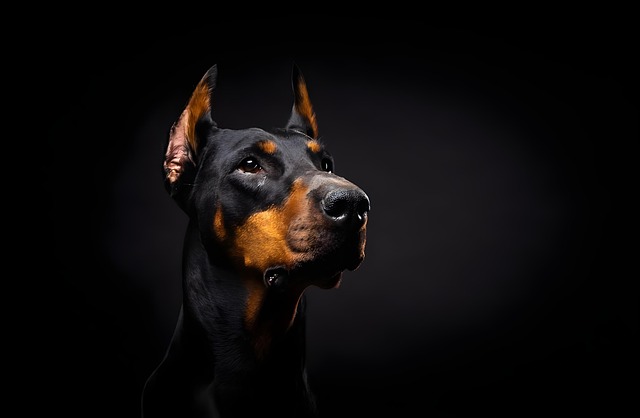
Malinois can become protective if not socialized gently, especially between 3-14 weeks. Expose them to busy streets, strangers, and new sounds, rewarding calm behavior with praise (not treats, to avoid bribing anxiety). In the EU, where public behavior is a legal expectation, this builds not just manners but responsible citizenship.
A tired Malinois is obedient, but they need mental + physical work:
Task-Based Fetch: Teach them to retrieve specific items (“Bring the leash”) to satisfy herding instincts.
Short Agility Drills: Cones or low jumps in the yard, with cues like “Weave,” reward structured movement.
Scent Work: Hide treats in cardboard—their powerful noses tire faster than running, making training efficient.
Kind Solutions to Common Challenges
Jumping Up: Turn sideways and ignore until all paws hit the ground; praise immediately when calm.
Resource Guarding: Swap treats for higher-value items during meals (“Trade!”) and feed them after you—leading with thoughtfulness, not dominance.
Obedience often ties to local laws: in the US, reliable “Heel” lets you use off-leash areas legally; in Germany, strict control regulations mean well-trained dogs enjoy more public freedom. Always check your area’s leash laws and practice commands with their license visible—a simple step for safety and compliance.
Koda still gets distracted by squirrels, and that’s okay. Malinois are intense—focus on small wins: a steady “Stay” for a few seconds, or choosing to check in with you. These moments build a bond where obedience is a way to connect, not a chore.
Training a Malinois is a journey of mutual respect. Their drive is a gift; your patience is the key to unlocking it. By focusing on purpose, kindness, and consistency, you’ll raise a companion who follows gladly—not out of fear, but because being by your side is their greatest reward.

Training a dog isn't just about teaching tricks—it's the key to building a harmonious life together. Whether you're a new puppy parent or adopting an adult dog,
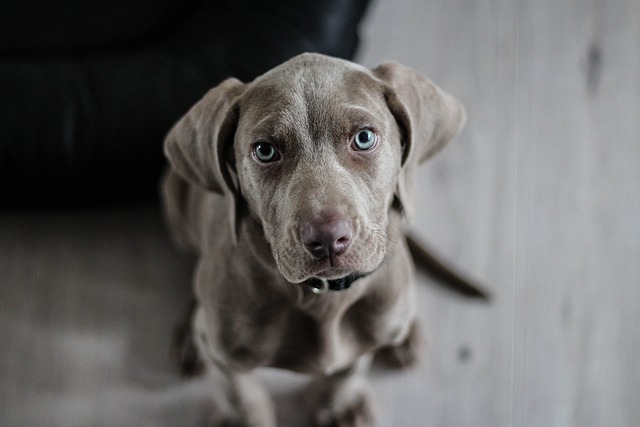
Imagine watching your dog’s ears perk up as they catch a whiff of something exciting. If you’re planning to start scent training your furry friend, you’ve probably wondered

Picture your eight-week-old Labrador, Luna, discovering a dropped blueberry under your Boston kitchen table—her entire body wiggles with nose-driven joy.
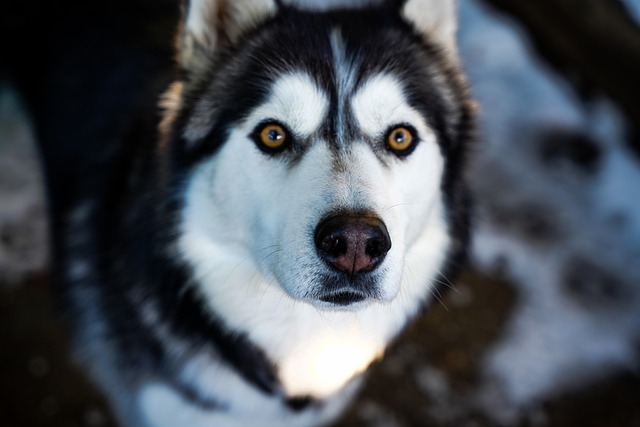
Picture this: You’re welcoming guests into your Seattle apartment when your exuberant Labrador, Buddy, launches himself onto your aunt’s cream sweater—paws first.
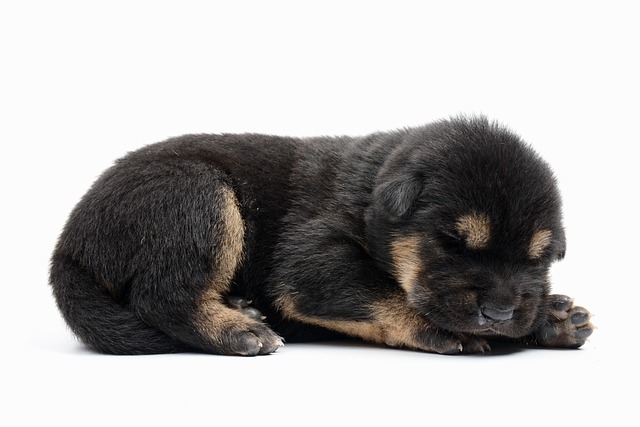
Watching your dog trot back with a ball or newspaper in their mouth is a classic canine sight—and a skill you can teach with patience and play.
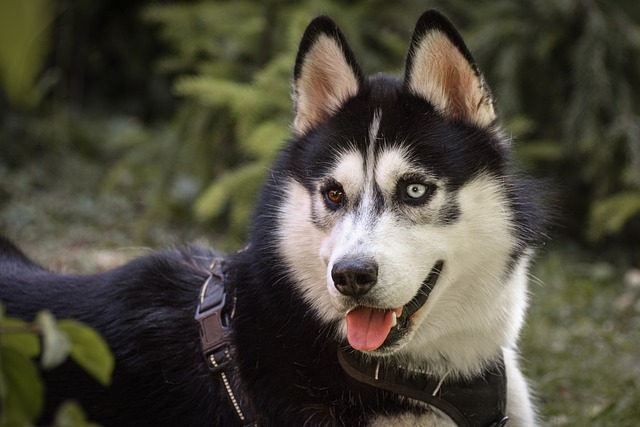
Picture this: You’re out for a morning walk with your dog, and suddenly, they bare their teeth and lunge at a jogger. It’s a heart-stopping moment